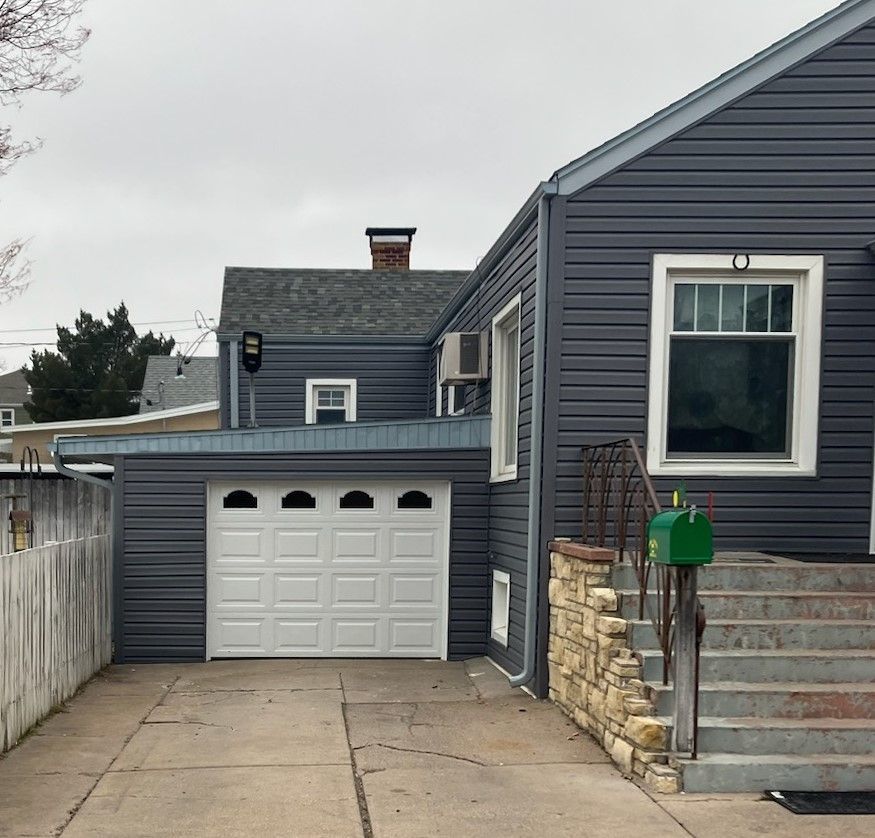Your overhead door does more than just provide entry and exit; it protects your home, keeps energy costs down, and enhances curb appeal. But like any mechanical system, it needs care. Ignoring subtle issues can lead to costly repairs—or worse, a door that fails completely. Let’s explore the top 5 signs your overhead door might need repair and why acting quickly is essential.
When Your Door Gets Noisy
Does your overhead door creak, rattle, or make high-pitched noises? These sounds are not just annoying—they’re a cry for help. Unusual noises can indicate issues with the door’s torsion springs, tracks, or motor. Left unchecked, these small problems can snowball into major malfunctions.
Your Door Hesitates?
If your overhead door takes its sweet time open or close, it might be due to worn-out components or electrical issues. A door that hesitates could be dangerous, especially if it malfunctions while in use. Prompt repairs can restore its smooth operation.
Sagging: A Structural Concern
Have you noticed uneven or drooping areas in your overhead door? This is often a sign of structural weakness or tension issues. Beyond being unattractive, sagging can compromise your door’s security and efficiency.
Higher Utility Costs?
A poorly sealed or damaged overhead door can cause drafts, making your HVAC system work harder. If you’ve noticed your energy bills creeping up, your garage door could be the culprit. Repairing or upgrading your door can save you money in the long run.
Visible Damage?
Dents, cracks, or rust are clear indicators that your overhead door has been through a lot. While some damage might seem cosmetic, it can weaken the door’s integrity and make it more prone to failure. Addressing these issues without delay is critical for safety and functionality.
